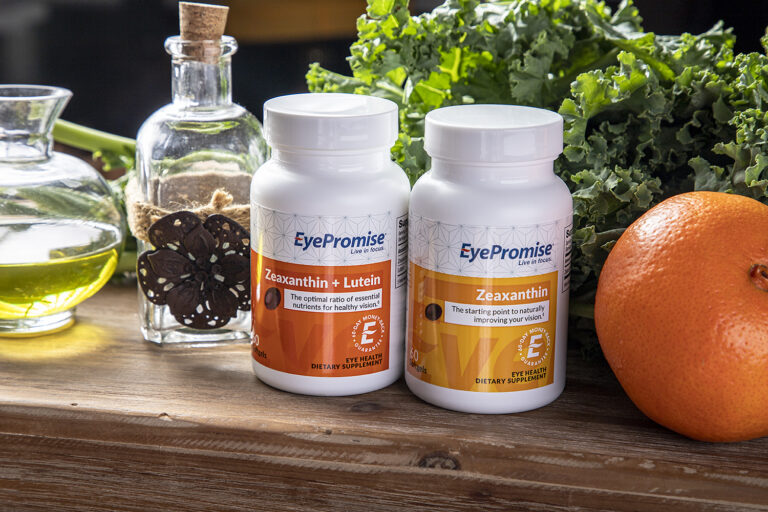Driving at Night: 3 Quick Tips for Dealing with Glare and Brightness
Posted by amess on Nov 2nd 2020
According to the National Highway Traffic Safety Administration, fatalities on the road occur three times more often at night than during the day even though only a quarter of all driving is done at night. In low-light conditions, your depth perception, ability to distinguish color and contrast as well as your peripheral vision all worsen.
When you add glare issues and light sensitivity due to on-coming drivers’ bright headlights, it’s no wonder many people begin to scale back on their nighttime activities or forgo them altogether.
Today we’re focusing on how to combat glare and those moments when you’re momentarily blinded by another driver’s lights while driving at night.
Glare Recovery
We all know dirty windshields and mirrors can obstruct your view. Be careful what surface cleaners you use when cleaning windows and mirrors – some products leave streaks, smudges, or give off an unwanted glare.
Driving at night with the dash light on “maximum” can also compromise your vision. Turn down the brightness levels of the dash to avoid stray reflections. Also, don’t leave your map lights on.
According to Popular Mechanics, “Less-expensive interior lights will disperse light all over the interior and shine into the driver’s eyes, too. Most luxury cars have focused reading lights that pinpoint objects without causing glare. The rule of thumb for a good map light is that you should never see the source of the light from the driver’s seat. Still, as good as your map lights may be, it’s best to avoid driving with them on.”
Photophobia
Since visibility is dramatically decreased at night, drivers need to be extra focused when behind the wheel. Bright lighting can seriously disrupt your concentration as well as affect your vision. Your eyes adjust to the darkness and the soft glow of the instrument panel, but it’s easy to lose interest in watching the road ahead and inadvertently gaze into the headlights of an oncoming 18-wheeler or stare at the lights on an electronic sign. This can give off a hypnotic effect or blind you momentarily when your eyes try to adjust back to the darkness. Be sure to often look away from bright lights on the road.
On that note, switch your headlights to “low beam” when you’re behind someone so you don’t blind them. At the same time, adjust your inside, rearview mirror to night setting, or ensure the auto-dim mechanism is working. Darkening the mirror prevents light (via rearview traffic) from shining into your eyes.
Nutrition
Glare recovery and photophobia can also be combated through proper nutrition. Zeaxanthin and lutein are the two nutrients that are essential to help support vision, including improvements in glare disability and photostress recovery. Both zeaxanthin and lutein are yellow-colored carotenoids and can be found in leafy greens like kale and spinach and brightly colored fruits and vegetables like corn, bell peppers, and paprika peppers. Unfortunately, the human body does not naturally make these essential nutrients. Therefore, supplementation is often needed for our eyes to get the right amounts.
EyePromise Zeaxanthin line offers EyePromise® Zeaxanthin and EyePromise® Zeaxanthin + Lutein, core eye health supplements with these essential nutrients to help support and enhance your vision.
Click HERE to take a quiz and see which product best suits your needs.


